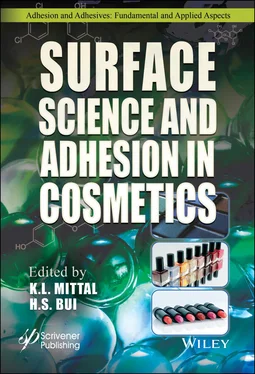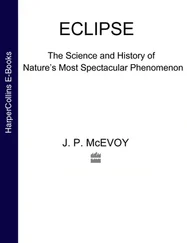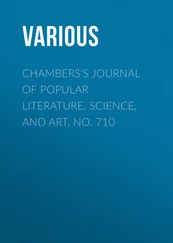The ability to cure the systems that are pigmented results in selection criteria where high percent transmission is needed to penetrate the coating all the way to the substrate. This so-called through-cure needs to be understood especially when using different pigments. These pigments under this test criterion showed that through-cure can be rated as follows (easiest to hardest): white, red & blue, yellow and black [10].
It is also well known that selection of pigmentation that is transparent to UV-A energy will enhance the through-cure process.
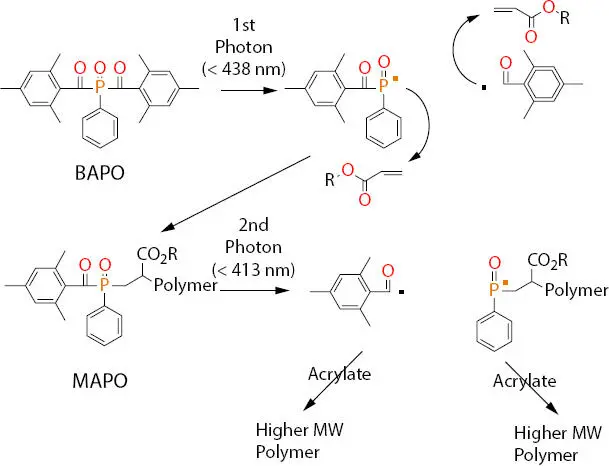
Figure 3.14 BAPO (bis-acylphosphine oxide) as a two-photon photo-bleachable PI. The BAPO PI cleaves to give a two-photon photo-bleachable free radicals once exposed to either the UV-A- GA-FL or LED unit. This type of PI is the preferred PI since it activates at 365 nm, 380 nm and 390 nm that the UV nail gel uses in the GA-FL or LED light source.
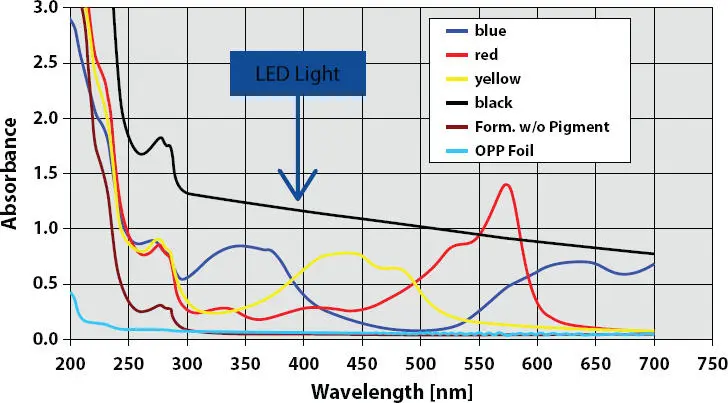
Figure 3.15 Pigment selection. The through-cure window is important for UV nail gels in that pigmentation will prevent the through-cure. Since the GA-FL and LED UV cure units operate at 380 nm and above the BAPO PI will through-cure these pigmented systems. These pigments under this test criterion showed that through-cure can be rated as follows (easiest to hardest); white, red & blue, yellow and black [10].
3.7 Formulation of UV Nail Gels with 100% Solids UV Cure Oligomers and Monomers
We can now delve into the actual formulation of the so-called 100% solids UV cure oligomers and monomers. The following would be considered a baseline formulation that is pigmented or unpigmented.
From the formulation in Table 3.3one can see that the (meth)acrylate polymer is used as a high molecular weight material that will free-radically cure within the system. The urethane (meth)acrylate oligomer has high molecular weight and high viscosity and will free-radically cure within the system. The mixtures of hydroxyalkyl (meth) acrylate, cycloalkyl (meth) acrylate and tri((meth)acrylate are all low viscosity and low molecular weight monomers that are used to dilute acrylate oligomers to the ‘use viscosity. These monomers will then all free-radically cure within the nail gel coating. When the PI is subjected to either the UV energy emitted from the GA-FL or LED light source the PI forms free radicals like those shown in Figure 3.14. These free radicals propagate the formation of the cross-linked coating with all of the (meth)acrylate species listed in Table 3.3. The proper PI selection criterion as described earlier will be a PI that is activated within the 320 nm to 420 nm range. This matching of the wavelength to the proper PI also has benefits that when the formulation described in Table 3.3is pigmented the PI shown in Figure 3.14will function properly above the absorbance of the colored pigmentation [11].
Table 3.3 UV nail gel formulation from patent WO 2017/217/217983. The base formulation for a so-called 100% solids formulation is based on (Meth) acrylic polymer (monomer), urethane (meth) acrylic oligomer, mixture of hydroxyalkyl (meth) acrylate and cycloalkyl (meth) acrylate, photoinitiator, antioxidant and colorant.
| Chemical name |
wt % |
| (Meth)acrylic polymer |
50-60 |
| Urethane (meth)acrylate oligomer |
25-35 |
| Mixture of hydroxyalky1 (meth)acrylate and cycloalkyl (meth)acrylate |
10-15 |
| Tri((meth)acrylate) |
1 |
| Photoinitiator |
2 |
| Anitoxidant |
<1 |
| Colorant |
<0.05 |
3.7.1 Formulation of a UV Nail Gel Using a UV Cure Polyurethane Dispersion (UV-PUD)
Formulation of UV nail gel with UV cure polyurethane dispersions (UV-PUDs) is a newer technology that has evolved in the UV nail gel industry which relies on water-based technology. This technology has its roots in the development that instead of using (meth)acrylate monomers that were described in Figure 3.13it uses water to reduce the ‘use viscosity’ of the system. This technology can be described as a UV-PUD and is unique in that its molecular weight can be greater than 200,000 daltons and yet has extremely low viscosity when diluted into water.
UV-PUDs are manufactured similarly to the 100% solids UV cure oligomers except for additional dispersion step and chain extension. In Figure 3.16we show an aliphatic diisocyanate reacting with an aliphatic polyester polyol in combination with a diol dispersant, forming a diisocyanate prepolymer. This isocyanate prepolymer is then dispersed with a volatile tertiary amine in water followed by chain-extending the isocyanate prepolymer. This then results in the formation of an aqueous polyurethane dispersion. The final step is the removal of the acetone by way of a special distillation technique that separates the acetone from the water. These UV-PUDs are typically 40% solids in water [12]. Several patents and patent applications have been granted for the use of UV-PUD technology in UV nail gel industry. Two of these patents take the UV-PUD and combine it with a non-UV cure PUDs and limit the amount of TPO/BAPO PI described in Figure 3.15[13, 14]. The benefits of these two patents are the low-level use of the TPO/BAPO PI that was shown in Figure 3.15. These two patents claim less than or equal to 2 % of the TPO/BAPO PI which just happens to be well under the 5% regulatory limit for this type of PIs in cosmetic products. The colorant option is also reviewed in these patents and was shown to meet SCCS testing requirements for the UV nail gel industry [15]. Another more recent patent application claims the compositional aspect of the UV-PUD in combination with the final use formulation. These formulations contain no solvents or co-solvents and can result in low viscosities of 500 to 3000 cPa.s at a application solids of 20 to 30% in water. These systems also respond to UV-A LED light sources by utilizing the TPO/BAPO PIs that were described earlier [16].
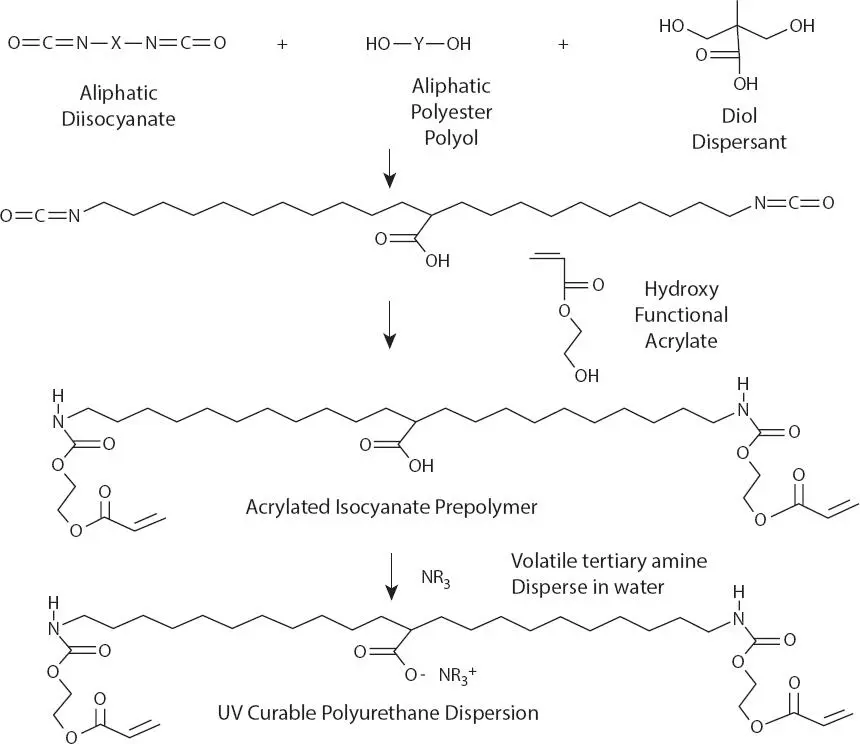
Figure 3.16 Typical UV Curable Polyurethane Dispersion Synthesis [12].
3.7.2 Bio-Based UV Cured Nail Gel Materials
Zareanshahraki and Mannari [17] have developed formulations from biobased raw materials that can be used for high solids and water-based technologies. They found that when using the SUNUV 48W UV-LED unit that operates in the 365 to 405 nm range they were able to output 0.691 J/cm 2of UV energy. As a baseline they use a UV-mercury system (Fusion) with an H-bulb that outputs 0.70 J/cm 2of UV energy. Results were compared to a known technology that had tack issue when cured under these same conditions.
As can be seen in Table 3.4the bio-based high solids UV nail gel formulations performed well under the conditions of acetone double rubs, Koenig Hardness (Koenig pendulum damping test measures the number of oscillations that the pendulum exhibits according to ASTM D4366-16) and pencil hardness (ASTM D3363-05).
The bio-based UV-PUD formulations did not perform as well and need to be further studied [17].
3.8 Human Nail Mechanical and Surface Free Energy Properties
Читать дальше
